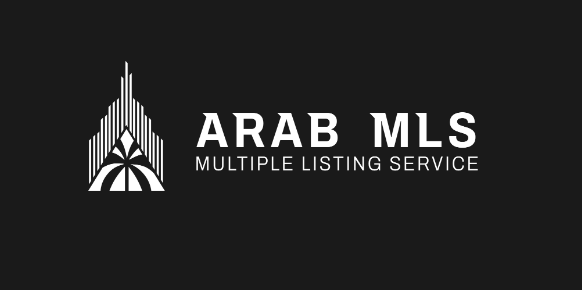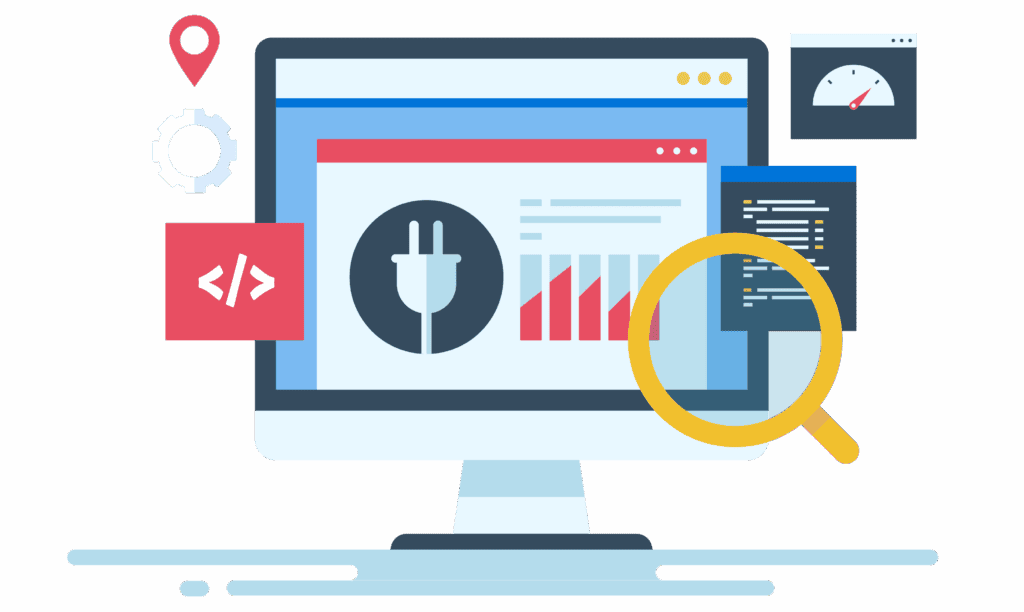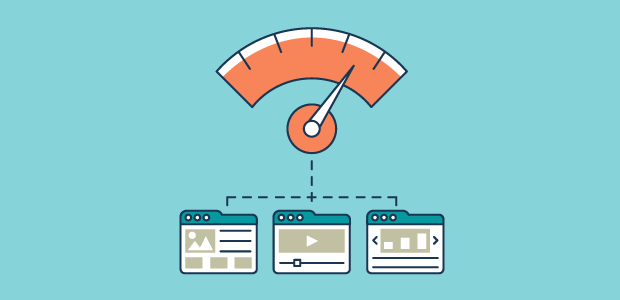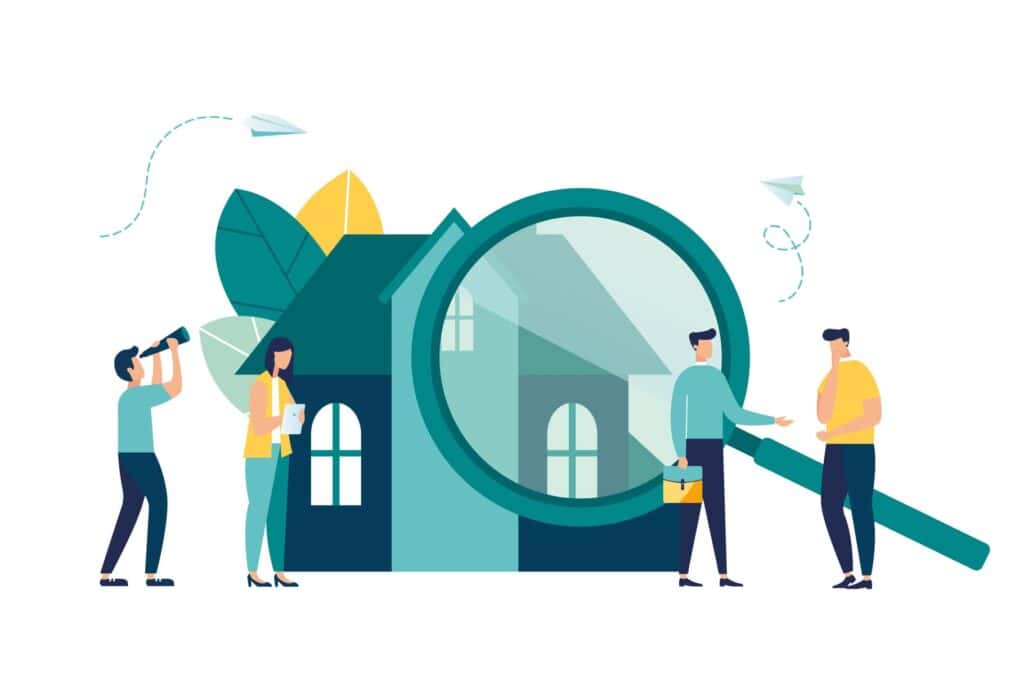As technology continues to reshape the real estate landscape, one of the most transformative developments in recent years has been the rise of the Internet of Things (IoT). From smart thermostats to connected security systems, IoT devices are not only improving property functionality but also revolutionizing how homes and commercial spaces are marketed and sold.
A key area where this impact is becoming evident is in Multiple Listing Services (MLS), which serve as centralized databases of property listings used by brokers, agents, and buyers.
Integrating IoT data into MLS listings presents a new frontier in real estate. It enables more informed decision-making, enhances transparency, and appeals to a tech-savvy generation of buyers and investors. For the Arab world, where rapid urban development and high smartphone penetration are common, this integration can bring unique value to both residential and commercial markets.
This article explores how IoT data can be incorporated into MLS listings, the benefits and challenges of doing so, and how this innovation is particularly relevant in the evolving real estate environments of Arab countries.
Understanding IoT in Real Estate
The Internet of Things refers to the network of physical devices embedded with sensors, software, and connectivity, allowing them to collect and exchange data. In real estate, these devices can monitor and report on a wide range of conditions within a property, from energy usage and air quality to water consumption and security status.
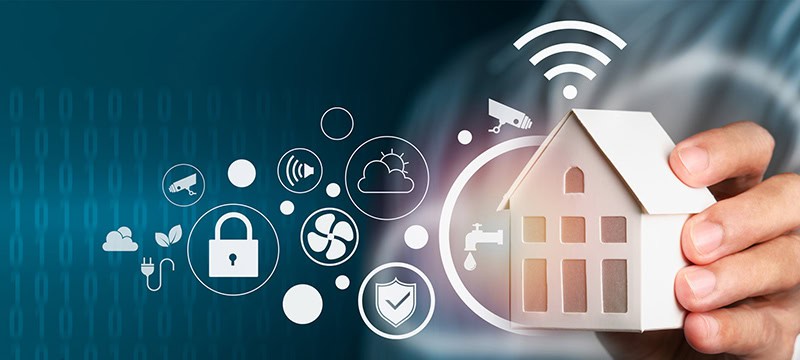
In a smart home, for example, devices such as smart lights, voice assistants, climate control systems, and video doorbells work together to enhance the living experience. In commercial buildings, IoT devices may track foot traffic, monitor HVAC systems, or detect motion in restricted areas. The data generated by these devices can offer real-time insights into how a property performs, operates, and meets the needs of its occupants.
The Traditional MLS Model and Its Limitations
MLS platforms were originally designed to share basic information such as square footage, number of rooms, year built, price, and location. These fields served their purpose in the past, but they do not capture the technological evolution of properties today. A smart home with solar panels, energy monitoring systems, and smart locks offers a very different value proposition compared to a traditional house, yet both may appear similar in an outdated MLS entry.
This gap in detail creates a missed opportunity for agents, buyers, and investors alike. Buyers who prioritize technology, energy efficiency, or modern living conveniences may not get the information they need. Sellers and brokers may struggle to differentiate their properties from others, and MLS systems miss out on delivering the kind of dynamic, data-driven experiences that users now expect.
Why Integrate IoT Data into MLS Listings?
The demand for smarter homes and connected buildings is growing, particularly among younger buyers and commercial investors who prioritize convenience, sustainability, and security. Integrating IoT data into MLS listings supports this demand by creating more transparent and informative property listings.
By incorporating real-time or historical data from IoT devices, listings can include dynamic elements such as:
- Average monthly energy consumption
- Indoor air quality ratings
- Smart appliance integration
- Security system status
- Water usage patterns
- Solar energy production
- Automated lighting schedules
- Maintenance alerts for HVAC or plumbing systems
This enriched information helps potential buyers understand the practical value of the property, not just its physical characteristics.
IoT Data Categories for MLS Integration
To make IoT data meaningful within an MLS listing, it can be grouped into several core categories:
1. Energy Efficiency Metrics
Data from smart meters, thermostats, and solar panels can reveal how much energy a property consumes or saves. These insights are useful for eco-conscious buyers and may influence purchase decisions, especially in regions like the UAE or Saudi Arabia where sustainability is gaining importance.
2. Environmental Monitoring
Sensors can track humidity, CO2 levels, temperature variations, and even air quality. In cities with challenging climates or pollution concerns, such as Cairo or Riyadh, these metrics add a new layer of relevance to listings.
3. Smart Device Integration
The number and types of smart devices installed can indicate the level of modernization in a home. Listings can show compatibility with systems like Google Home, Amazon Alexa, or Apple HomeKit, which is a major selling point for tech-oriented buyers.
4. Security and Access Control
Information on video surveillance, smart locks, doorbell cameras, and alarm systems gives buyers confidence in the property’s safety. For families or business owners, these details may be non-negotiable.
5. Maintenance and Operational Alerts
Commercial properties, in particular, can benefit from listing real-time operational health metrics of elevators, fire alarms, or HVAC systems. This is useful for investors and facility managers who want low-risk, well-managed assets.
Practical Ways to Incorporate IoT Data into MLS
To integrate IoT data effectively into MLS platforms, certain structural and technical adaptations are necessary. The goal is to present the data in a way that is accessible, useful, and not overwhelming to users.
Expanding MLS Data Fields
Current MLS schemas often lack fields for smart technology features. To fix this, new standardized fields need to be created. These may include:
- Smart Energy Score
- Smart Home Integration Level (e.g., Basic, Moderate, Full)
- Device Compatibility List
- Real-Time Energy Usage Snapshot
- IoT Maintenance Alerts
- Monthly Energy Cost Estimate
- Solar Panel Power Output (if applicable)
Use of Visual Indicators
Instead of presenting raw numbers, platforms can use visual elements like color-coded icons, efficiency meters, or badges (e.g., “Green Certified“, “Smart Enabled”) to represent IoT metrics. This helps users grasp the benefits quickly.
Dynamic Data Dashboards
For more advanced users or commercial clients, dynamic dashboards can show live or historical data from IoT systems. A property listing page might feature a graph showing the last 12 months of energy usage or peak daily water consumption.
Integration with Third-Party APIs
IoT platforms like Nest, Ecobee, Ring, and others offer APIs (application programming interfaces) that allow data to be pulled into external systems. MLS developers can partner with these platforms to fetch authorized data from seller accounts for listings.
Privacy and Data Consent
Only authorized, non-sensitive data should be shared, with clear permissions from the property owner. Users should also be able to opt-in to receive live data updates or deeper analytics after making contact with the listing agent.
Multiple Listing Services Software Providers
The efficiency of property markets is tied closely to the work of Multiple Listing Services Software Providers. These companies create platforms that agents rely on for accurate data exchange and property management.
CoreLogic Matrix MLS, Black Knight Paragon, FBS Flexmls, Rapattoni, and Bridge Interactive stand out globally for offering IDX-ready systems, mobile features, reporting tools, and advanced search functionality.
In the Middle East and North Africa, ArabMLS is spearheading adoption by launching tailored platforms like Egypt MLS, Dubai MLS, Saudi MLS, Qatar MLS, and Bahrain MLS. Each system is localized to fit specific markets.
This brings structure, transparency, and improved collaboration among brokers, buyers, and developers.
Challenges of Integrating IoT Data into MLS
While the benefits are clear, there are several challenges to integrating IoT data into real estate listings:
Standardization
There is currently no global standard for IoT data in real estate. Without consistent formats, integrating data from different manufacturers and platforms becomes complex.
Data Privacy
IoT devices can collect sensitive information, and there are legal and ethical considerations around sharing this data publicly, even in a listing context. Proper permissions and data anonymization are essential.
Technology Adoption
Not all sellers or landlords use IoT devices. In many regions, including parts of the Arab world, smart homes are still in the early stages of adoption. MLS platforms must provide fallback content or minimal fields when such data is not available.
Cost of Integration
Developing the infrastructure to pull in, store, and display IoT data can be expensive for MLS providers. It also requires ongoing maintenance to ensure compatibility with evolving IoT platforms.
Education and Training
Agents and brokers need to understand how to gather, verify, and promote IoT data effectively. Buyers also need to be educated on how to interpret the information shown.
Opportunities in the Arab Real Estate Market
The Arab region is uniquely positioned to benefit from IoT-integrated MLS listings. Several factors make this possible:
- Smart City Initiatives: Countries like the UAE, Saudi Arabia, and Qatar are investing heavily in smart cities. Projects like NEOM and Masdar City are designed around connected infrastructure, making IoT integration a natural fit.
- High Smartphone Penetration: With mobile usage among the highest globally, users are familiar with apps, digital dashboards, and real-time data interfaces.
- Youthful, Tech-Savvy Population: A large percentage of the population in Arab countries is under 35. This group is highly engaged with technology and expects digital solutions in areas like home buying and renting.
- Sustainability Goals: Regional governments are placing increasing emphasis on sustainability, energy efficiency, and green building certifications, all of which can be supported and measured via IoT tools.
- Luxury and Innovation Markets: Especially in cities like Dubai, Doha, and Riyadh, luxury buyers expect smart home integration as a baseline feature. Incorporating this into MLS makes listings more competitive internationally.
The Future of MLS: Smart, Data-Driven, and User-Centric
As the real estate industry evolves, MLS platforms must do more than just list static information. They must become intelligent interfaces that inform, guide, and empower users with real-time insights and personalized recommendations.
IoT data is a powerful resource that can bring MLS platforms into the next generation. By showing not only what a property is but how it performs, MLS listings become more transparent, efficient, and aligned with buyer expectations.
Real estate developers and technology firms in Arab countries have a unique opportunity to lead this change. Whether building smart residential compounds, commercial business parks, or integrated digital communities, the ability to market properties using IoT data will become a competitive advantage.
Conclusion
Incorporating IoT data into MLS listings is not just about showcasing fancy gadgets. It’s about enabling smarter decisions, increasing transparency, and aligning real estate marketing with how people live, work, and invest today. As the Arab real estate market continues its digital transformation, integrating IoT into MLS platforms will help shape the next era of intelligent, efficient, and user-focused property transactions.
The road ahead may require new standards, better collaboration, and thoughtful execution, but the benefits are clear: more value for buyers, better tools for sellers, and stronger, more adaptive MLS platforms for everyone involved.

